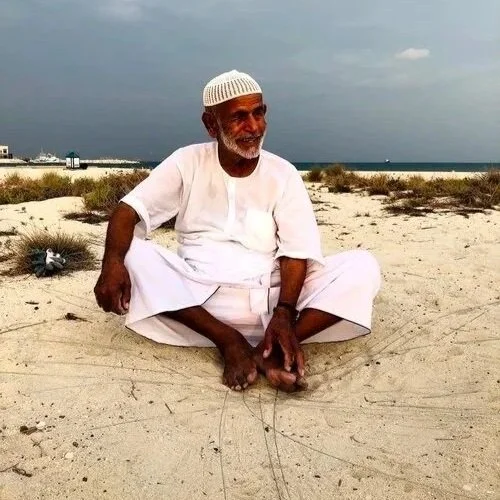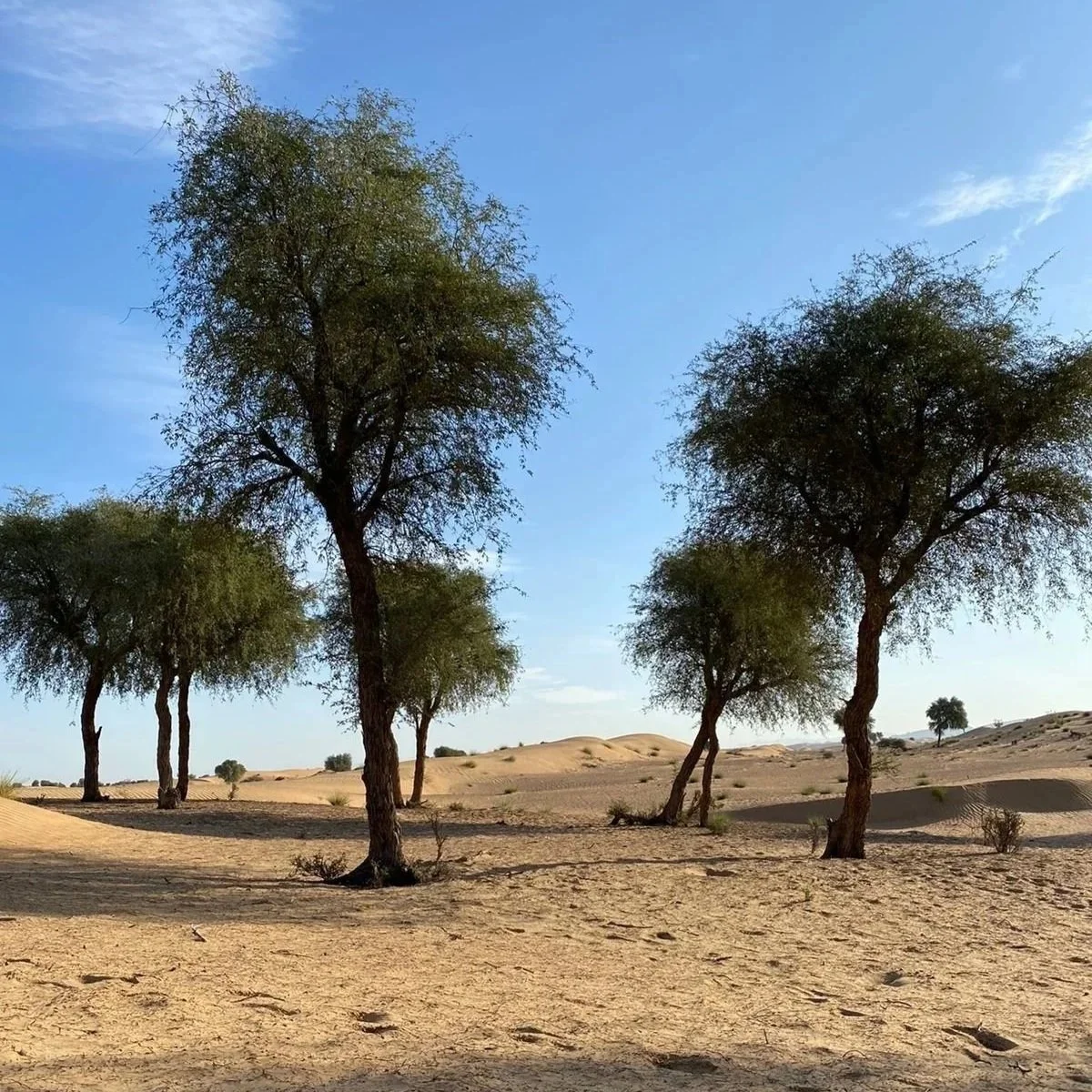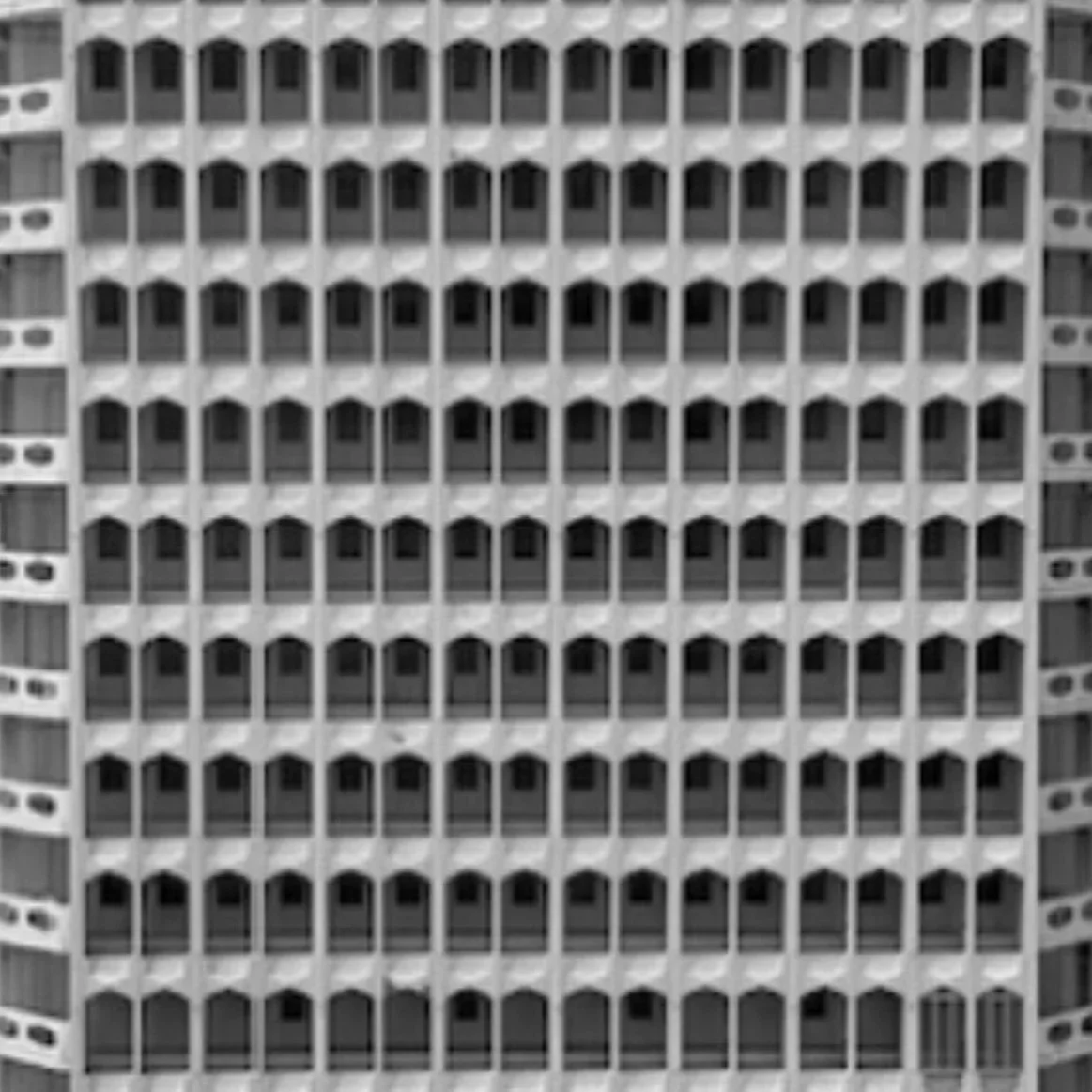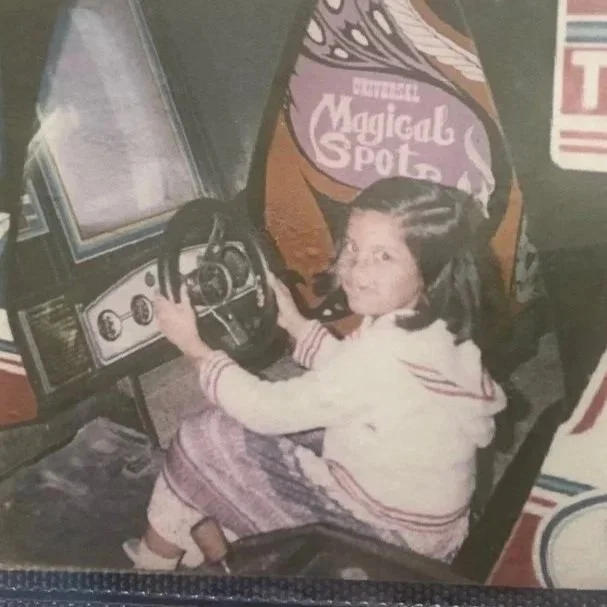Tell Me More! Podcast
Join us as we time travel through Dubai with an 8 year old, to uncover what the city looked like in the beginning, told by the people who made and experienced it. Co-hosted by Spatika and Liz McEnaney. Produced by Amaeya Media.
Young by modern standards, the UAE celebrated the 50th anniversary of its founding in 2021, and Dubai is a dynamic emirate that constantly blends past, present and future in surprising ways. Dubai continues to attract a global audience in awe of its supersized ambitions and achievements. At the same time, it is filled with places and people that connect us to its past, and that is a remarkable achievement for an emirate whose population has grown exponentially from 0.1m to 3.3m since 1971.
Fifty years represents an entire working lifetime for those who have contributed to Dubai’s transformation into a modern-yet-deeply-rooted megapolis. Many of the people who architected and designed the city are still living in Dubai today. Join us as we track down these experts and ask us to Tell Us More.
Barjeels: Keeping Cool in Old Dubai
Summer in Dubai is intense with relentless humidity and temperatures soaring close to 50°C. How did people stay cool before air conditioning? We had heard about barjeels – traditional wind towers – but we didn’t quite know how they worked, or if they were still used today.
So, we went to Al Bastakiya, one of the city’s oldest neighborhoods, to find out more. There we discovered the barjeels were just one architectural element – there are more! – that kept the houses and streets cool. Featuring Rashad Bukhash, Chairman of the Architectural Heritage Society for the UAE, and Dalia Hamati, professor of architecture at American University of Sharjah.
Diving For Pearls
For hundreds, maybe thousands of years, pearls and the sea were a very big part of people’s lives in the Gulf region. The pearl shaped the economy and identity of the people. Language, songs, clothing and travel were all part of the culture of diving for pearls.Some people got very rich off pearl diving, while others did hard and dangerous work for little or no pay.
By the early 20th century, the Gulf region supplied up to 80% of the world’s pearls. But then a lot happened in the world, including the Japanese invention of cultured pearls, and the discovery of oil in the Middle East. This brought the pearl diving days to an end. Luckily there are still people who hold the secrets and carry on the traditions of the Gulf pearl. Featuring Salem Al Roum, a poet and former pearl diver; Hasan Hujairi, a composer, historian and expert on pearl diving music; and Abdullah Al Suwaidi, a modern day pearl diver committed to continuing the pearling tradition.
The Ghaf Tree
This episode is dedicated to the ghaf tree, the national tree of the UAE and a symbol of tolerance. This amazingly resilient, drought-tolerant plant survives in the harshest of desert environments. Bedouins depended on all parts of the tree for their survival -- for shade, food, and medicinals. Many animals would not survive in the desert without the ghaf, and the tree is the home to the world's largest beetle outside the Brazilian rainforest.
The ghaf is so important to life in the UAE that it is the subject of many poems and stories, some a bit scary. Today the tree is endangered, but luckily there are some amazing people who share a love of the ghaf and who are each in their own way working to protect it for the future. Featuring landscape architect Will Bennett; Give-A-Ghaf Tree Planting Initiative founder Tatiana Antonelli Abella; and journalist Rym Ghazal.
Sabkhas: The UAE’s Carbon Sinks
This episode looks at sabkhas – seemingly uninhabitable salt flats that might help us fight climate change. These salty ecosystems can sequester four times more carbon (per square meter) than rainforests can.
This episode is really timely given that the UAE is gearing up to host COP28—the 28th UN Climate Conference, also known as the Conference of Parties, where negotiators from countries around the world will meet and have to find a way to agree on how we’re going to limit global warming to 1.5C by 2050. Featuring architect and curator Wael Al Awar and sustainability expert Mai Shalaby.
Dubai’s First Skyscraper
Our first episode looks at Dubai’s first skyscraper -- Dubai World Trade Center. This 33-story building might seem tiny today compared to the more than 160-story Burj Khalifa and other super tall buildings. But, when DWTC opened in 1979, it was the tallest tower in the Middle East and it sent a signal to the rest of the world that Dubai was open for business.
Spatika and Liz had a lot of questions about DWTC so they talked to some experts to find out the answers. Listen as architect and writer Todd Reisz; photographer Hind Mezaina; and DWTC’s first employee Guy Guillemard TELL US MORE.
Sindbad’s Wonderland
As summer approaches in Dubai, all we can think about is staying indoors and having fun. So, during this episode we look at Sindbad’s Wonderland -- an indoor arcade paradise at Al Ghurair Centre for Dubai kids in the 1980s and 1990s.
Spatika and Liz never had the chance to visit Sindbad’s—it closed its doors in 1997—so they tracked down key people who were in Dubai in the 80s to share their memories of what it was like. Featuring Sindbad’s first and only manager Ishwar Chugani, and two former Sindbad gamer players Sonali Kolhatkar and Suraj Mulani.






